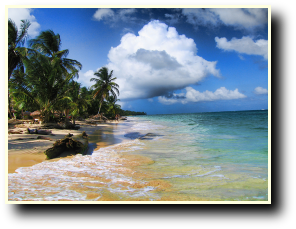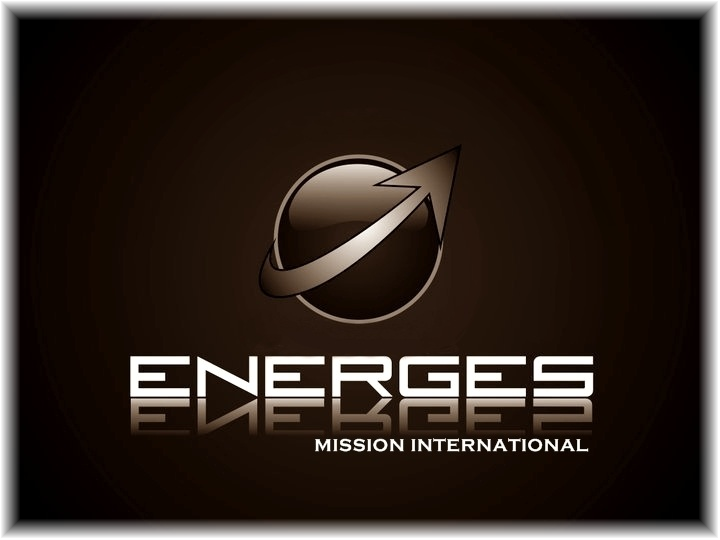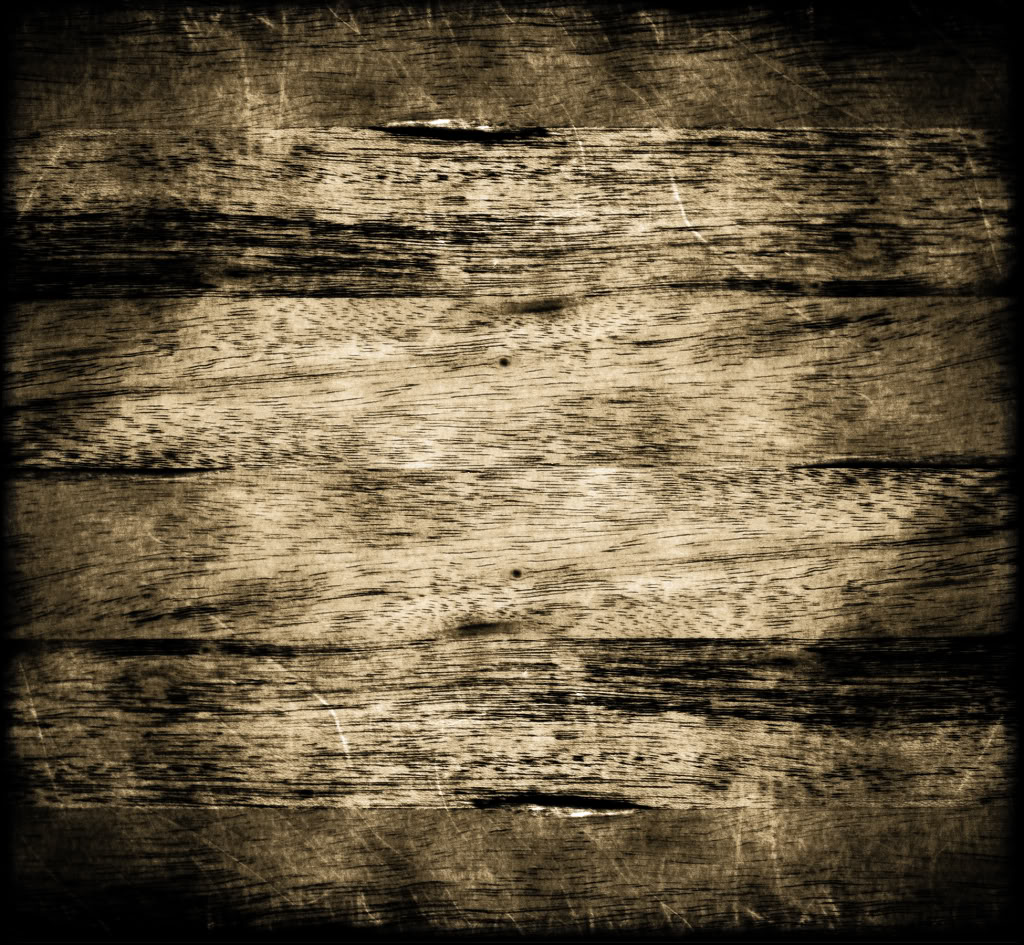


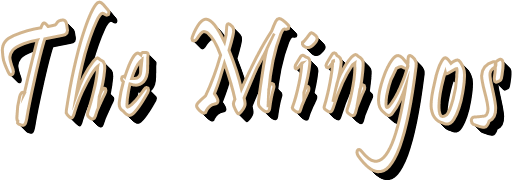
NICARAGUA - "OPEN ARMS"
Violent opposition to governmental manipulation and corruption spread to all classes by 1978 and resulted in a short-lived civil war that brought the Marxist Sandinista guerrillas to power in 1979. Nicaraguan aid to leftist rebels in El Salvador caused the US to sponsor anti-Sandinista contra guerrillas through much of the 1980s. Free elections in 1990, 1996, and again in 2001 saw the Sandinistas defeated. The country has slowly rebuilt its economy during the 1990s, but was hard hit by Hurricane Mitch in 1998.

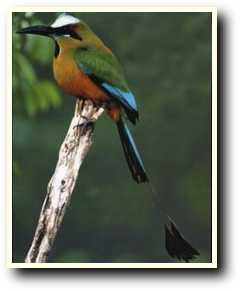
Capital and largest city (2003 est.): Managua, 1,390,500 (metro. area), 1,146,000 (city proper)
Monetary unit: Gold cordoba
Population below poverty line: 50% (2001 est.)
Languages: Spanish 97.5%(official), Miskito 1.7%, English and indigenous languages on Atlantic coast
Ethnicity/race: mestizo 69%, white 17%, black 9%, Amerindian 5%
Religions: Roman Catholic 72.9%, Evangelical 15.1%, Moravian 1.5%, Episcopal 0.1%, other 1.9%, none 8.5% (1995 census)
Government Type: Republic
Literacy rate: definition- age 15 and over can read and write
67.5% (2003 est.)
Monetary unit: Gold cordoba
Population below poverty line: 50% (2001 est.)
Languages: Spanish 97.5%(official), Miskito 1.7%, English and indigenous languages on Atlantic coast
Ethnicity/race: mestizo 69%, white 17%, black 9%, Amerindian 5%
Religions: Roman Catholic 72.9%, Evangelical 15.1%, Moravian 1.5%, Episcopal 0.1%, other 1.9%, none 8.5% (1995 census)
Government Type: Republic
Literacy rate: definition- age 15 and over can read and write
67.5% (2003 est.)
Population (2006 est.): 5,570,129 (growth rate: 1.89%); birth rate: 24.51 /1000; infant mortality rate: 28.11 deaths/1000 live births; life expectancy: 70.63; density per sq mi: 109.
0-14 years: 36.4%
15-64 years: 60.5%
65 years and over: 3.1%
Area: total: 129,494 sq km
land: 120,254 sq km
water: 9,240 sq km
0-14 years: 36.4%
15-64 years: 60.5%
65 years and over: 3.1%
Area: total: 129,494 sq km
land: 120,254 sq km
water: 9,240 sq km
Nicaragua is mountainous in the west, with fertile valleys. Two big lakes, Nicaragua and Managua, are connected by the Tipitapa River, Lake Nicaragua being the largest freshwater body in Central America. The island of Ometepe is one of a kind having two volcanos. The Pacific coast is volcanic and very fertile. The swampy Caribbean coast is aptly called the “Mosquito Coast".
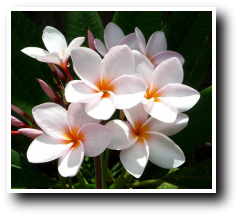
Largest but most sparsely populated of the Central American nations, Nicaragua borders on Honduras to the north and Costa Rica to the south. It is slightly larger than New York State.
The Pacific Coast of Nicaragua was settled as a Spanish colony from Panama in the early 16th century. Independence from Spain was declared in 1821 and the country became an independent republic in 1838. Britain occupied the Caribbean Coast in the first half of the 19th century, but gradually ceded control of the region in subsequent decades.
